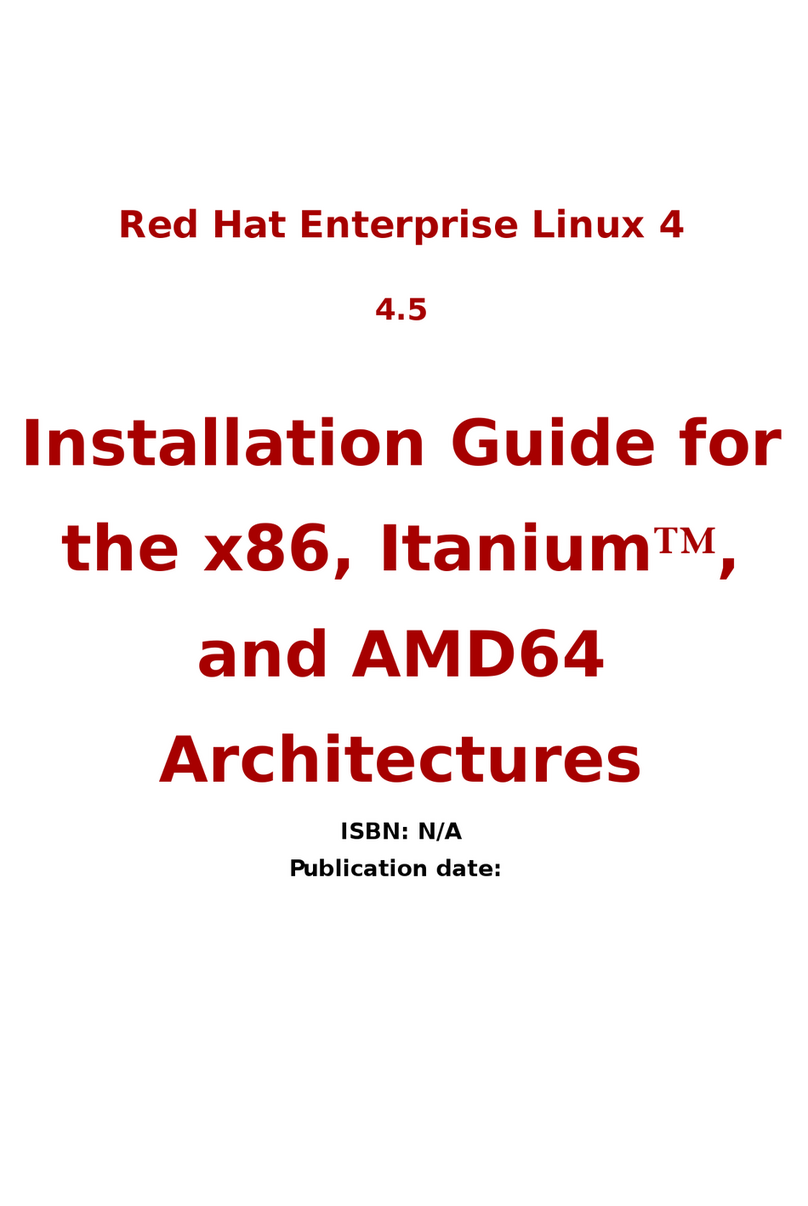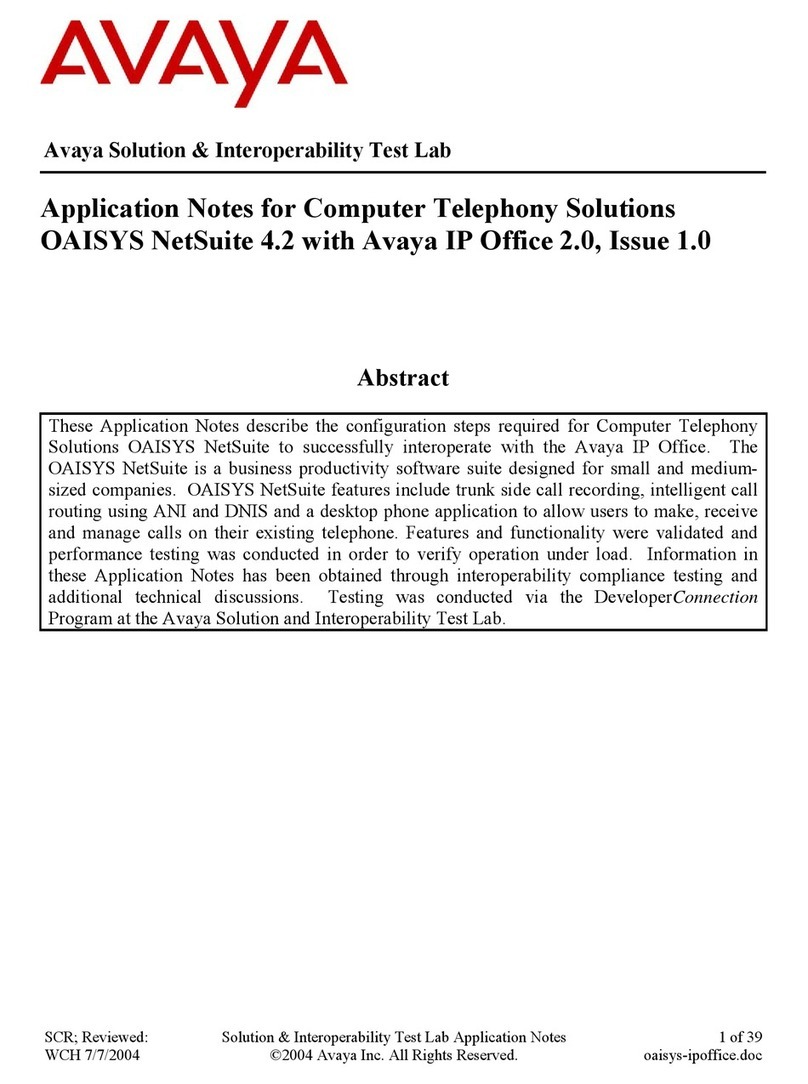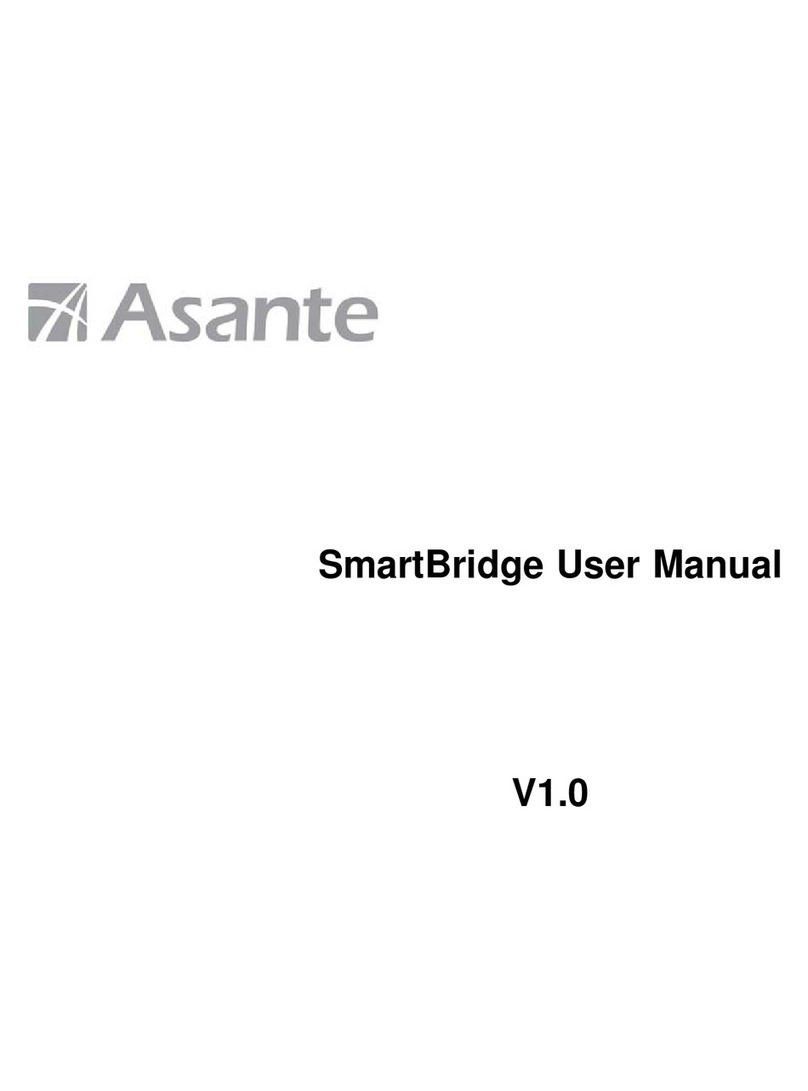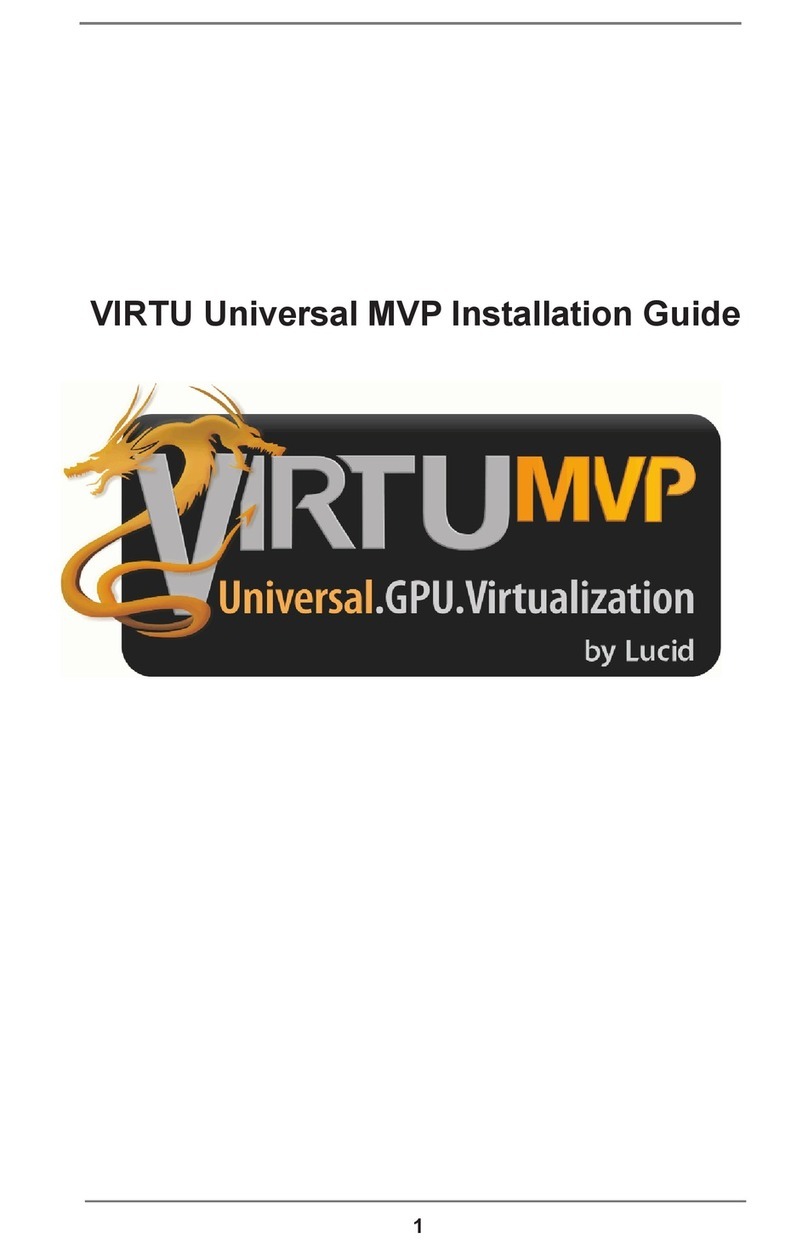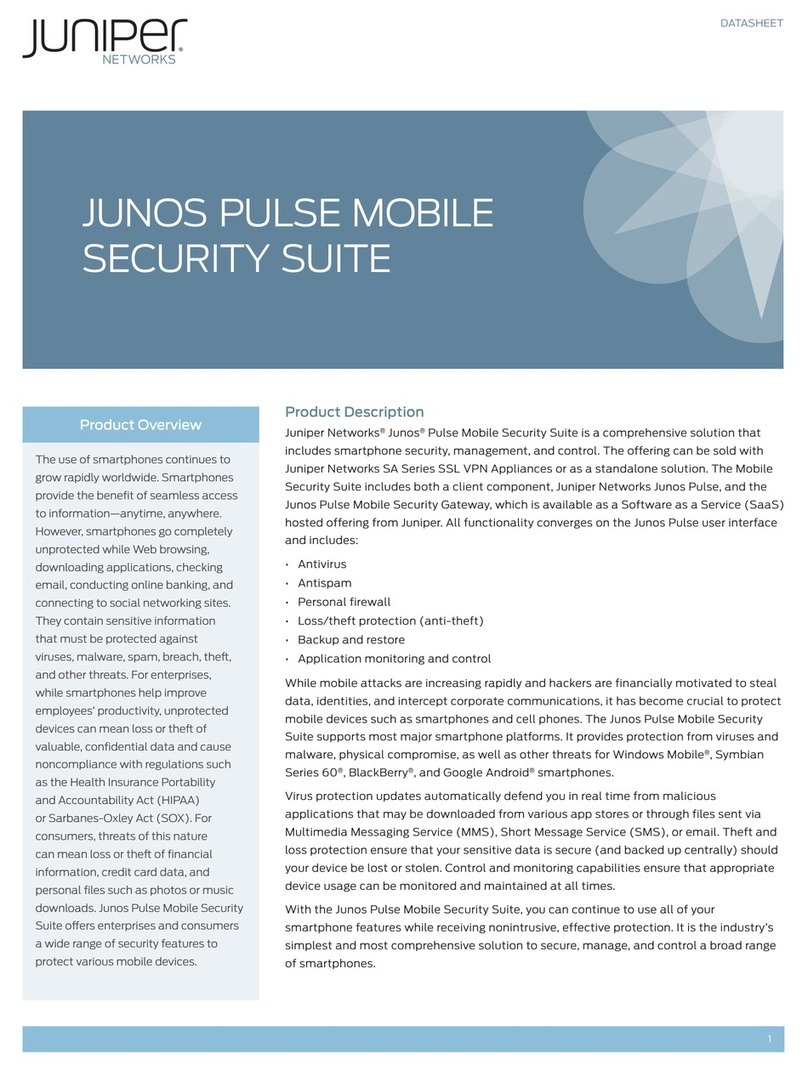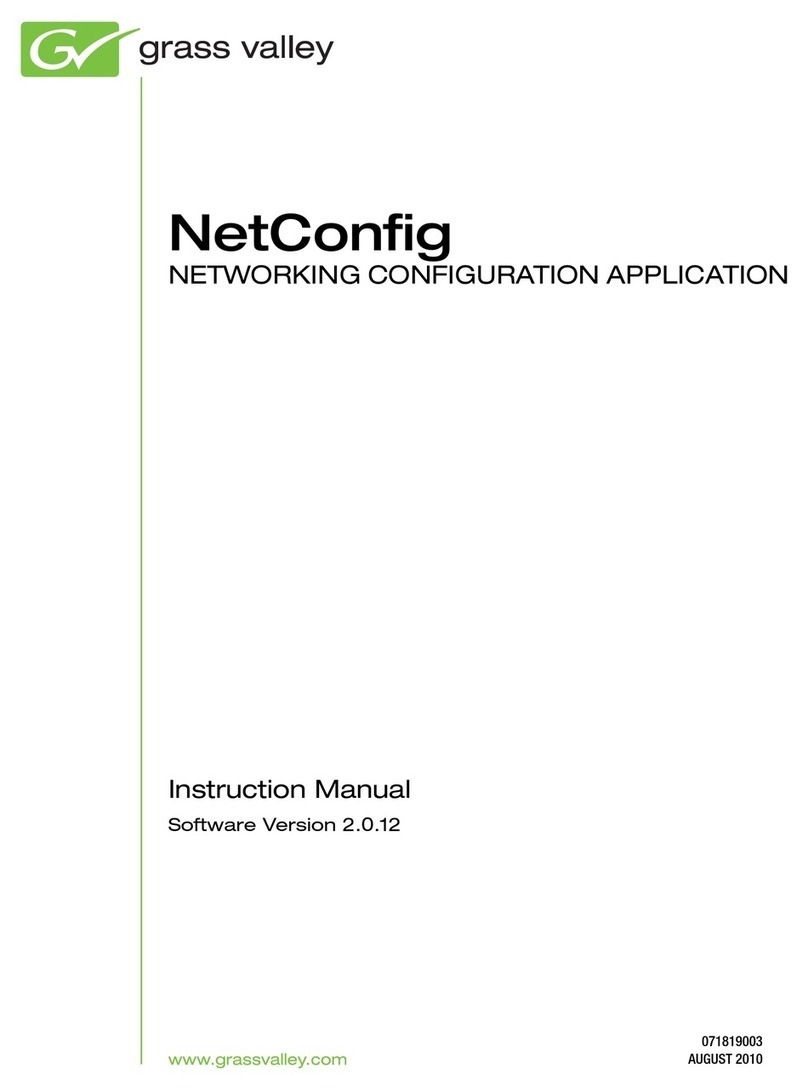
CONTENTS CONTENTS
2.10.2 RPCs associated with class: VM metrics . . . . . . . . . . . . . . . . . . . . 99
2.11 Class: VM guest metrics . . . . . . . . . . . . . . . . . . . . . . . . . . . . . . . . . 105
2.11.1 Fields for class: VM guest metrics . . . . . . . . . . . . . . . . . . . . . . . 105
2.11.2 RPCs associated with class: VM guest metrics . . . . . . . . . . . . . . . . 105
2.12 Class: host . . . . . . . . . . . . . . . . . . . . . . . . . . . . . . . . . . . . . . . . 110
2.12.1 Fields for class: host . . . . . . . . . . . . . . . . . . . . . . . . . . . . . . . 110
2.12.2 RPCs associated with class: host . . . . . . . . . . . . . . . . . . . . . . . . 111
2.13 Class: host crashdump . . . . . . . . . . . . . . . . . . . . . . . . . . . . . . . . . . 133
2.13.1 Fields for class: host crashdump . . . . . . . . . . . . . . . . . . . . . . . . 133
2.13.2 RPCs associated with class: host crashdump . . . . . . . . . . . . . . . . . 133
2.14 Class: host patch . . . . . . . . . . . . . . . . . . . . . . . . . . . . . . . . . . . . . 138
2.14.1 Fields for class: host patch . . . . . . . . . . . . . . . . . . . . . . . . . . . 138
2.14.2 RPCs associated with class: host patch . . . . . . . . . . . . . . . . . . . . 138
2.15 Class: host metrics . . . . . . . . . . . . . . . . . . . . . . . . . . . . . . . . . . . . 145
2.15.1 Fields for class: host metrics . . . . . . . . . . . . . . . . . . . . . . . . . . 145
2.15.2 RPCs associated with class: host metrics . . . . . . . . . . . . . . . . . . . 145
2.16 Class: host cpu . . . . . . . . . . . . . . . . . . . . . . . . . . . . . . . . . . . . . . 148
2.16.1 Fields for class: host cpu . . . . . . . . . . . . . . . . . . . . . . . . . . . . 148
2.16.2 RPCs associated with class: host cpu . . . . . . . . . . . . . . . . . . . . . 148
2.17 Class: network . . . . . . . . . . . . . . . . . . . . . . . . . . . . . . . . . . . . . . 154
2.17.1 Fields for class: network . . . . . . . . . . . . . . . . . . . . . . . . . . . . . 154
2.17.2 RPCs associated with class: network . . . . . . . . . . . . . . . . . . . . . . 154
2.18 Class: VIF . . . . . . . . . . . . . . . . . . . . . . . . . . . . . . . . . . . . . . . . 162
2.18.1 Fields for class: VIF . . . . . . . . . . . . . . . . . . . . . . . . . . . . . . . 162
2.18.2 RPCs associated with class: VIF . . . . . . . . . . . . . . . . . . . . . . . . 162
2.19 Class: VIF metrics . . . . . . . . . . . . . . . . . . . . . . . . . . . . . . . . . . . . 173
2.19.1 Fields for class: VIF metrics . . . . . . . . . . . . . . . . . . . . . . . . . . 173
2.19.2 RPCs associated with class: VIF metrics . . . . . . . . . . . . . . . . . . . 173
2.20 Class: PIF . . . . . . . . . . . . . . . . . . . . . . . . . . . . . . . . . . . . . . . . . 176
2.20.1 Fields for class: PIF . . . . . . . . . . . . . . . . . . . . . . . . . . . . . . . 176
2.20.2 RPCs associated with class: PIF . . . . . . . . . . . . . . . . . . . . . . . . 176
2.21 Class: PIF metrics . . . . . . . . . . . . . . . . . . . . . . . . . . . . . . . . . . . . 188
2.21.1 Fields for class: PIF metrics . . . . . . . . . . . . . . . . . . . . . . . . . . . 188
2.21.2 RPCs associated with class: PIF metrics . . . . . . . . . . . . . . . . . . . . 188
2.22 Class: Bond . . . . . . . . . . . . . . . . . . . . . . . . . . . . . . . . . . . . . . . . 194
2.22.1 Fields for class: Bond . . . . . . . . . . . . . . . . . . . . . . . . . . . . . . 194
2.22.2 RPCs associated with class: Bond . . . . . . . . . . . . . . . . . . . . . . . 194
2.23 Class: VLAN . . . . . . . . . . . . . . . . . . . . . . . . . . . . . . . . . . . . . . . 199
2.23.1 Fields for class: VLAN . . . . . . . . . . . . . . . . . . . . . . . . . . . . . . 199
2.23.2 RPCs associated with class: VLAN . . . . . . . . . . . . . . . . . . . . . . . 199
2.24 Class: SM . . . . . . . . . . . . . . . . . . . . . . . . . . . . . . . . . . . . . . . . . 204
2.24.1 Fields for class: SM . . . . . . . . . . . . . . . . . . . . . . . . . . . . . . . 204
2.24.2 RPCs associated with class: SM . . . . . . . . . . . . . . . . . . . . . . . . 204
2.25 Class: SR . . . . . . . . . . . . . . . . . . . . . . . . . . . . . . . . . . . . . . . . . 211
2.25.1 Fields for class: SR . . . . . . . . . . . . . . . . . . . . . . . . . . . . . . . . 211
2.25.2 RPCs associated with class: SR . . . . . . . . . . . . . . . . . . . . . . . . . 211
2.26 Class: VDI . . . . . . . . . . . . . . . . . . . . . . . . . . . . . . . . . . . . . . . . 226
2.26.1 Fields for class: VDI . . . . . . . . . . . . . . . . . . . . . . . . . . . . . . . 226
2.26.2 RPCs associated with class: VDI . . . . . . . . . . . . . . . . . . . . . . . . 227
2.27 Class: VBD . . . . . . . . . . . . . . . . . . . . . . . . . . . . . . . . . . . . . . . . 245
2.27.1 Fields for class: VBD . . . . . . . . . . . . . . . . . . . . . . . . . . . . . . 245
2.27.2 RPCs associated with class: VBD . . . . . . . . . . . . . . . . . . . . . . . 245
2.28 Class: VBD metrics . . . . . . . . . . . . . . . . . . . . . . . . . . . . . . . . . . . 261
2.28.1 Fields for class: VBD metrics . . . . . . . . . . . . . . . . . . . . . . . . . . 261
3
